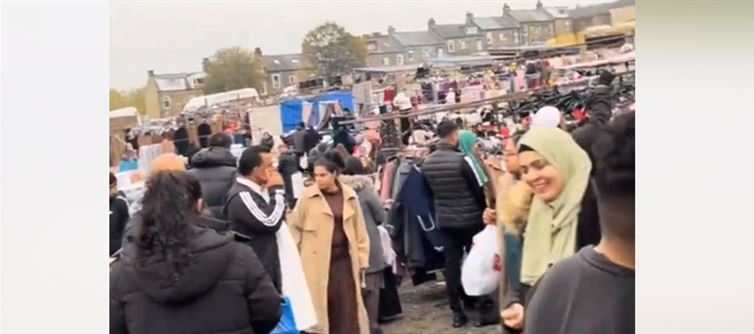
To understand how these demographic and political shifts came to be, it’s essential to revisit the UK's historical role in South Asia, particularly during the partition of india in 1947. british colonial policy in the indian subcontinent contributed to deep religious and ethnic divisions, ultimately resulting in the creation of pakistan as a Muslim-majority nation. Many argue that the british encouraged or at least enabled the creation of pakistan to maintain influence in the region after their official withdrawal. Over the following decades, the UK formed strategic alliances with Islamist factions—not only in pakistan but also in afghanistan during the 1980s Soviet war, and later through complex involvements in iraq, Iran, and the broader Middle East.
This history has had long-term consequences. Critics contend that Britain's past involvement with Islamist groups—often for geopolitical gain—has boomeranged. From the mujahideen in afghanistan, later morphing into entities like Al-Qaeda, to policies in iraq and syria that created power vacuums for isis to thrive, the UK's fingerprints are indeed found across many modern conflicts involving radical Islam. The immigration that followed from these destabilized regions, combined with historical migration from Commonwealth countries, has created pockets of cultural isolation within the UK. The result is a contentious domestic landscape where debates over integration, identity, and national security remain deeply entangled with the legacy of Britain’s own foreign policy.




 click and follow Indiaherald WhatsApp channel
click and follow Indiaherald WhatsApp channel